The International System of Units (SI, abbreviated from the French Système international (d'unités)) is the modern form of the metric system. It is the only system of measurement with an official status in nearly every country in the world. It comprises a coherent system of units of measurement starting with seven base units, which are the second (the unit of time with the symbol s), metre (length, m), kilogram (mass, kg), ampere (electric current, A), kelvin (thermodynamic temperature, K), mole (amount of substance, mol), and candela (luminous intensity, cd). The system allows for an unlimited number of additional units, called derived units, which can always be represented as products of powers of the base units. Twenty-two derived units have been provided with special names and symbols. The seven base units and the 22 derived units with special names and symbols may be used in combination to express other derived units, which are adopted to facilitate measurement of diverse quantities. The SI also provides twenty prefixes to the unit names and unit symbols that may be used when specifying power-of-ten (i.e. decimal) multiples and sub-multiples of SI units. The SI is intended to be an evolving system; units and prefixes are created and unit definitions are modified through international agreement as the technology of measurement progresses and the precision of measurements improves. Since 2019, the magnitudes of all SI units have been defined by declaring exact numerical values for seven defining constants when expressed in terms of their SI units. These defining constants are the speed of light in vacuum, c, the hyperfine transition frequency of caesium ΔνCs, the Planck constant h, the elementary charge e, the Boltzmann constant k, the Avogadro constant NA, and the luminous efficacy Kcd. The nature of the defining constants ranges from fundamental constants of nature such as c to the purely technical constant Kcd. Prior to 2019, h, e, k, and NA were not defined a priori but were rather very precisely measured quantities. In 2019, their values were fixed by definition to their best estimates at the time, ensuring continuity with previous definitions of the base units. One consequence of the redefinition of the SI is that the distinction between the base units and derived units is in principle not needed, since any unit can be constructed directly from the seven defining constans.
Subscribe to:
Post Comments (Atom)
Interactive Browser: Functional Dependencies in Language
Интерактивный обозреватель: Функциональные зависимости в языке ...
-
Задача по физике Велосипедист из состояния покоя начинает прямолинейное равноускоренное движение по велосипедной дорожке. В тот момент мимо ...
-
Интерактивный обозреватель: Функциональные зависимости в языке ...
-
General Astronomy 🔭 (genastronomy.blogspot.com): Artificial Intelligence Art :

























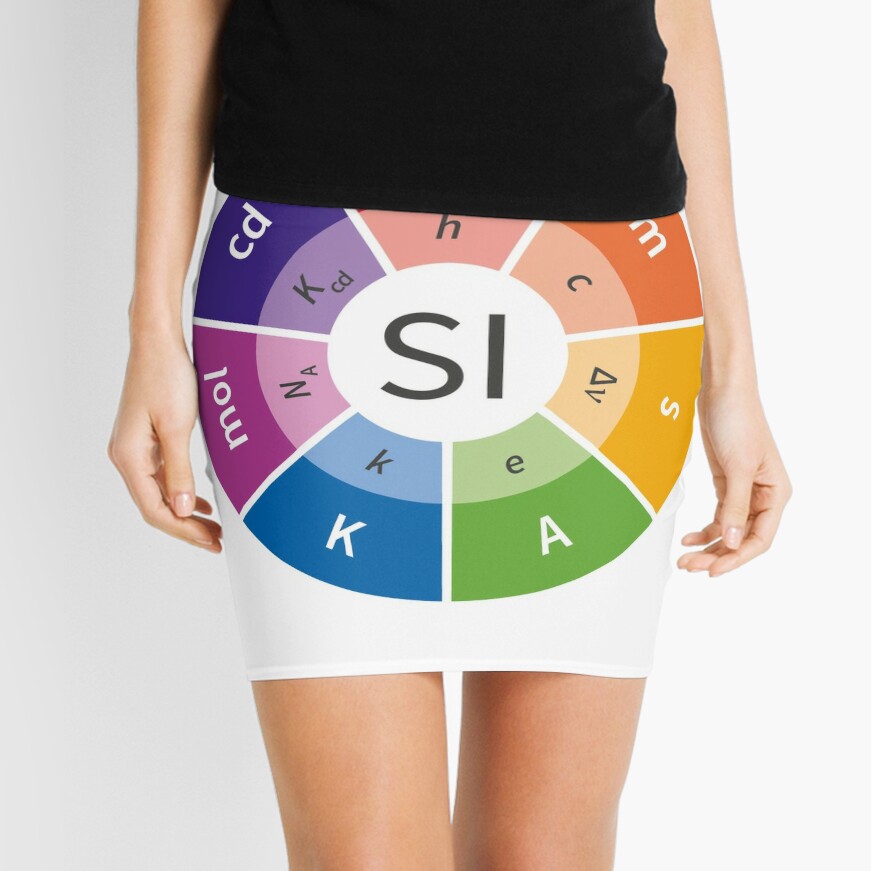


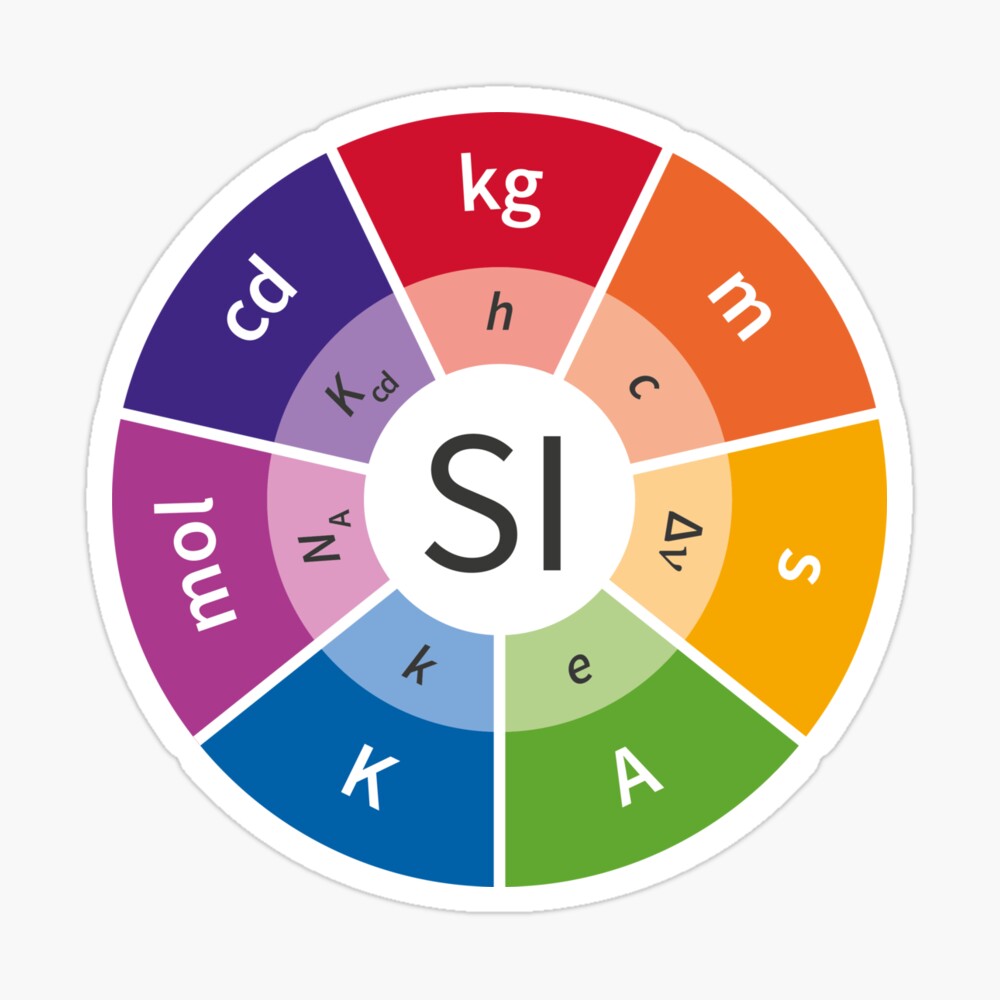


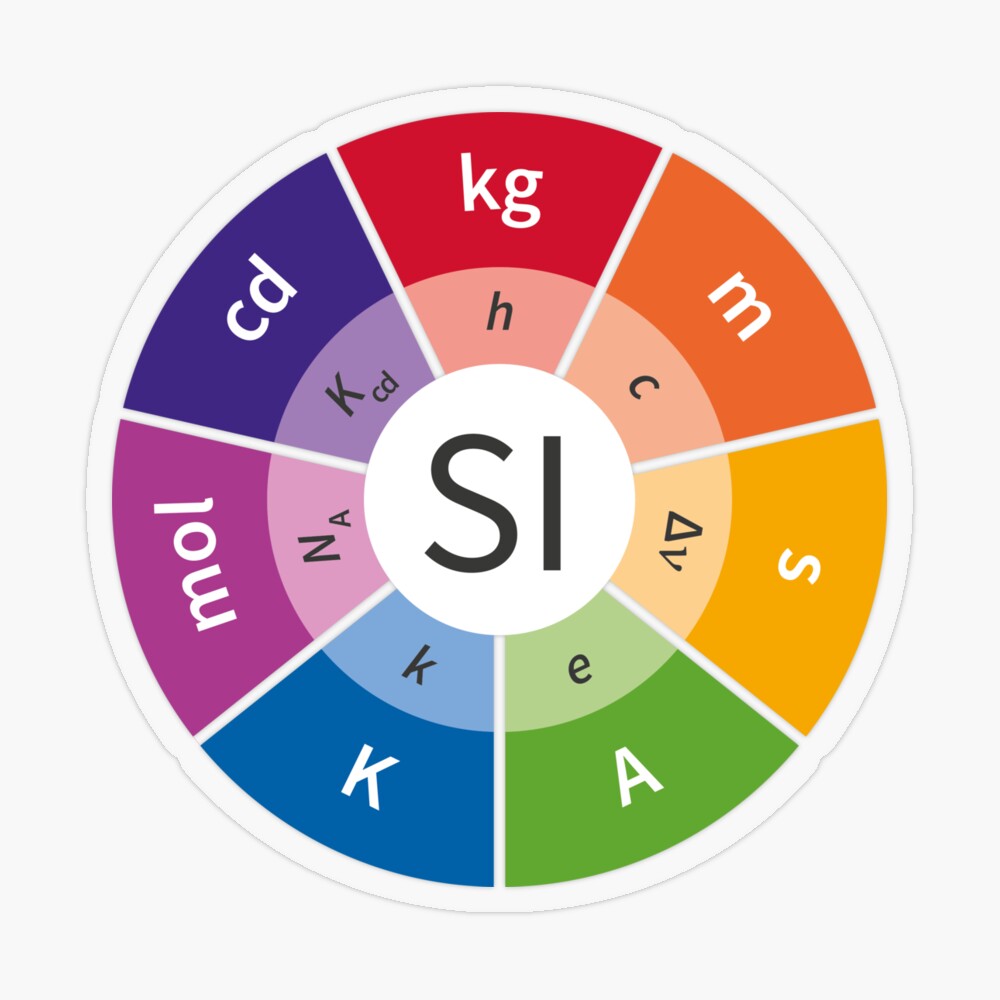


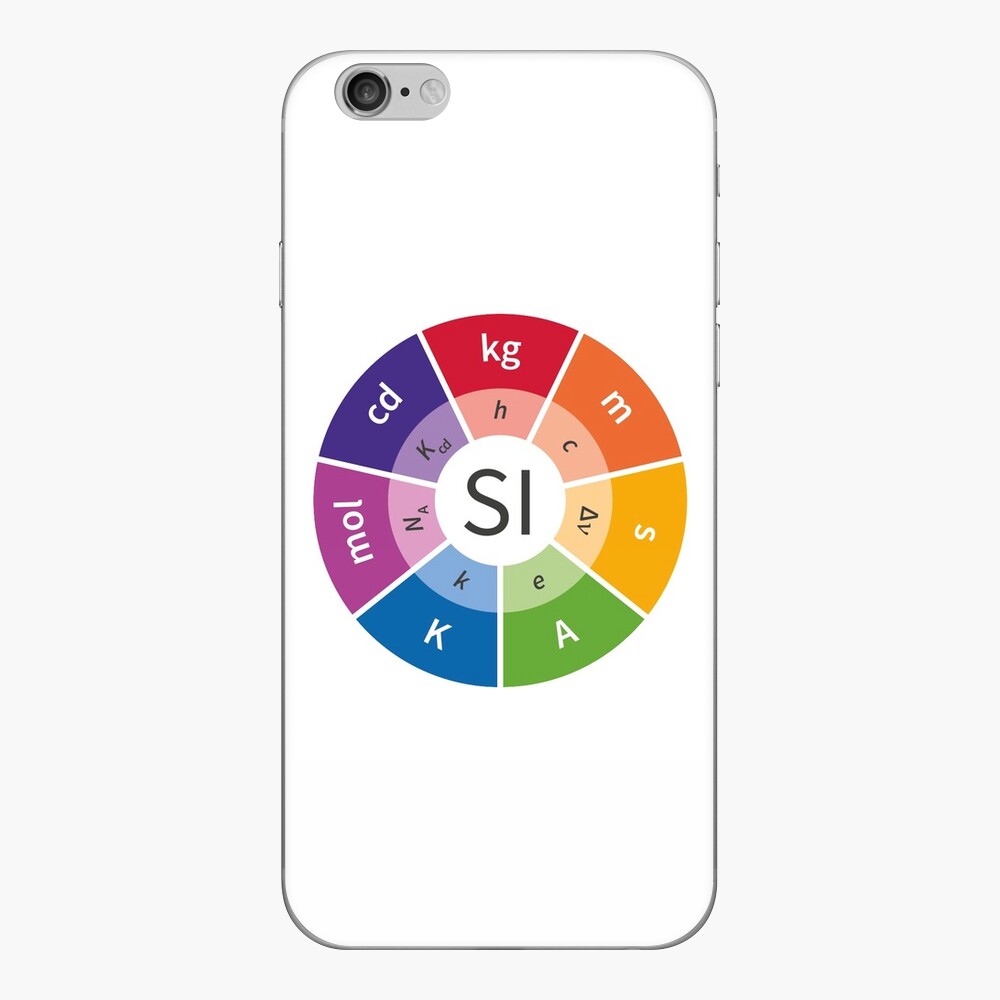


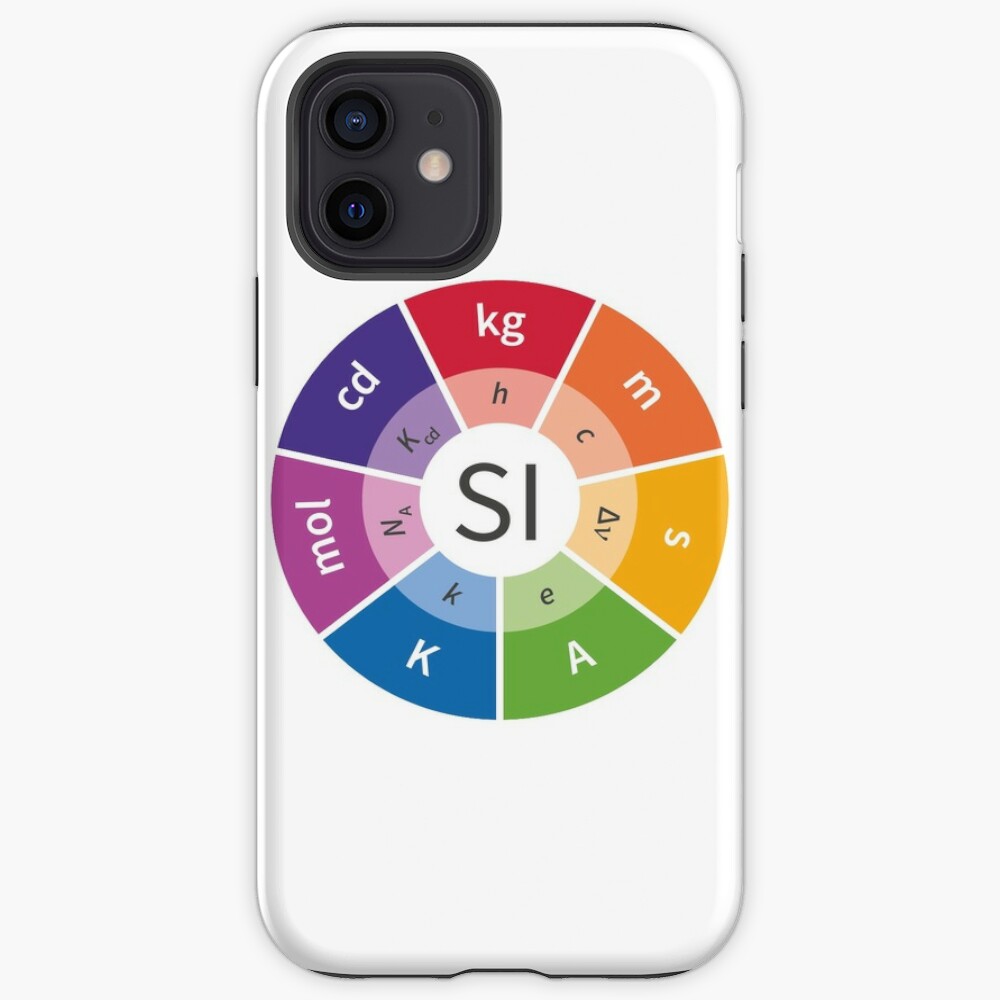
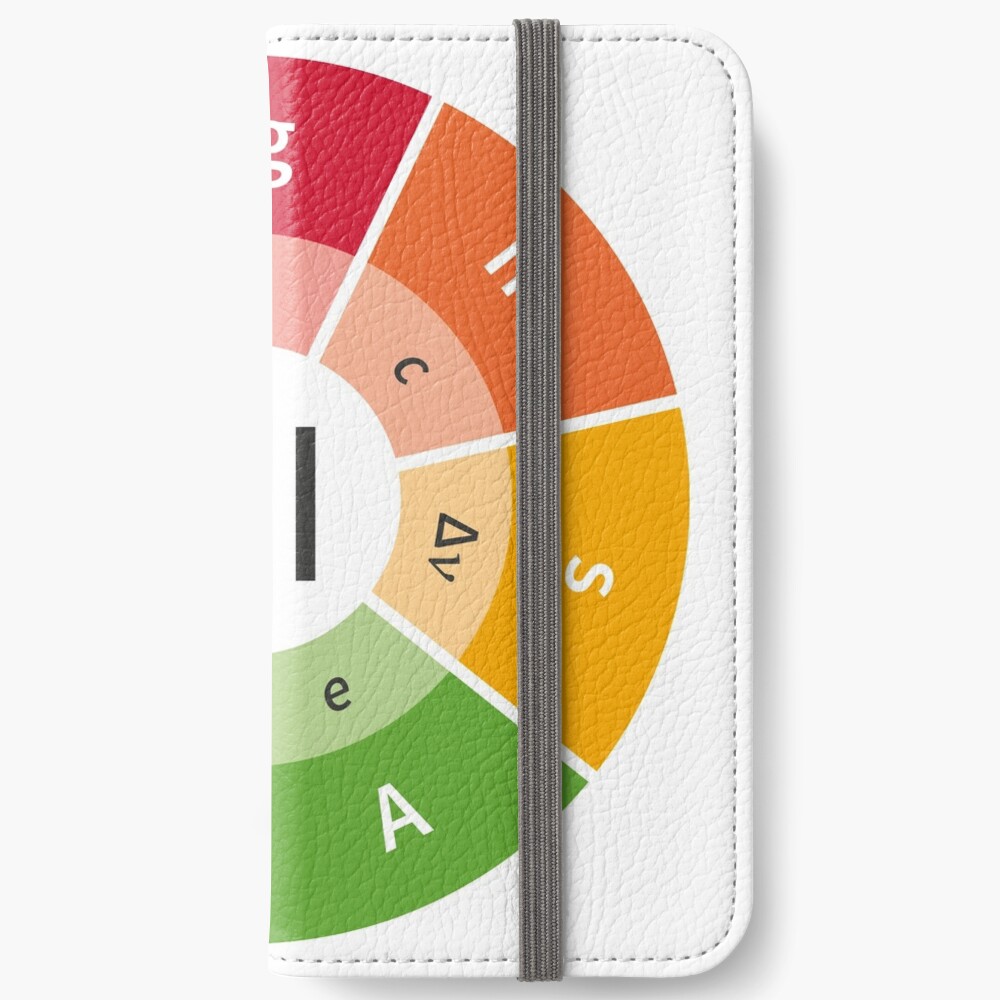

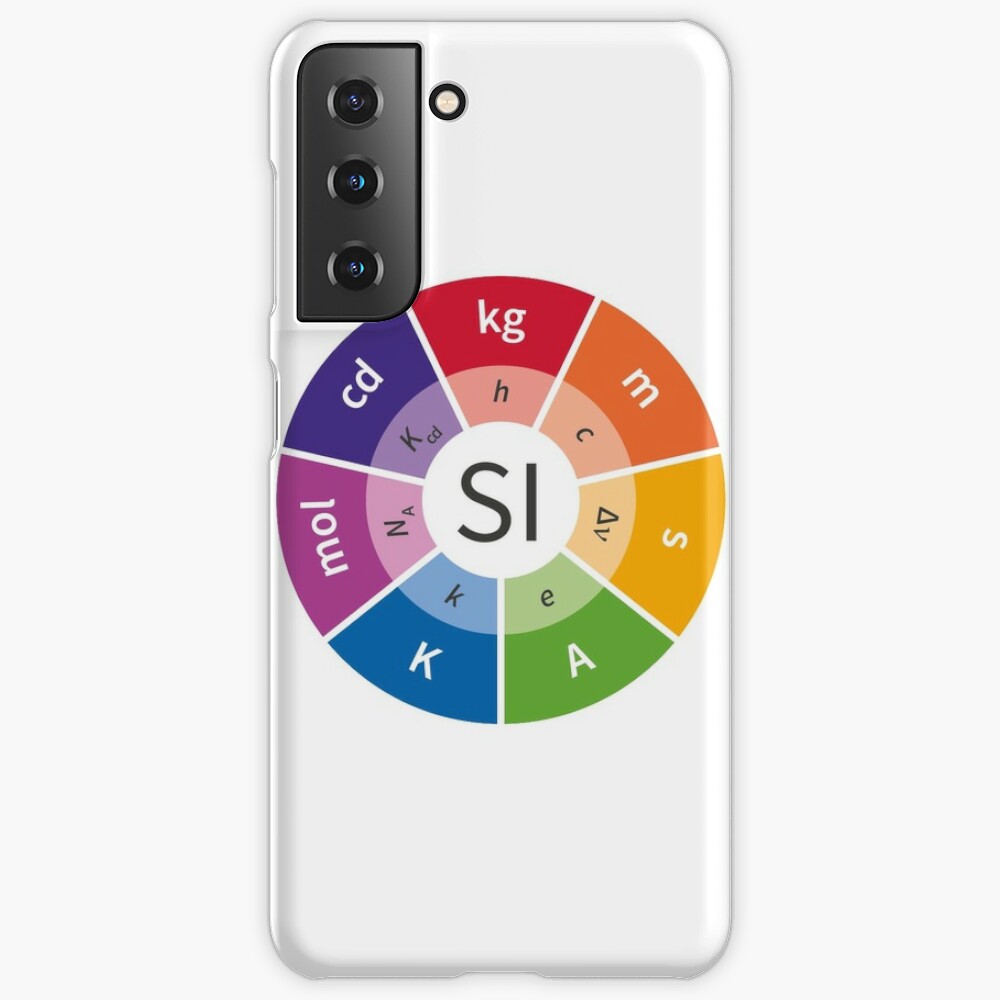
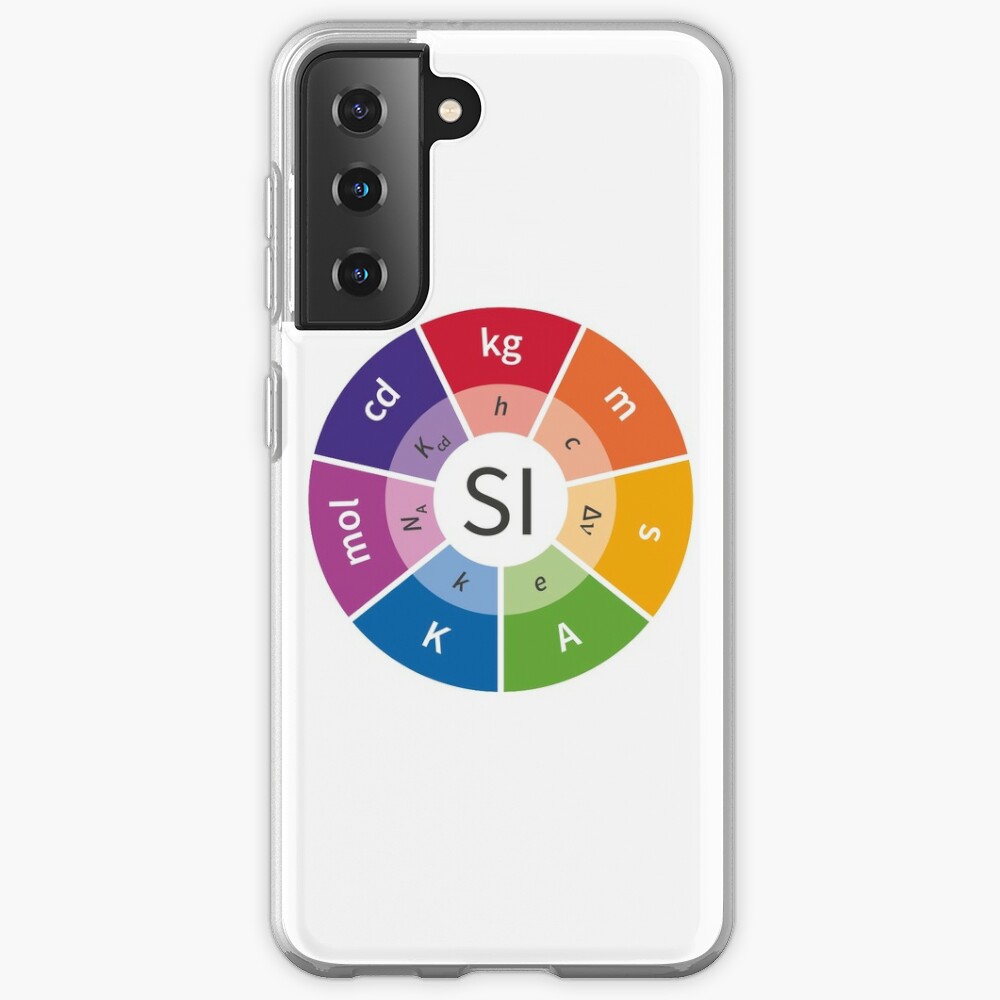
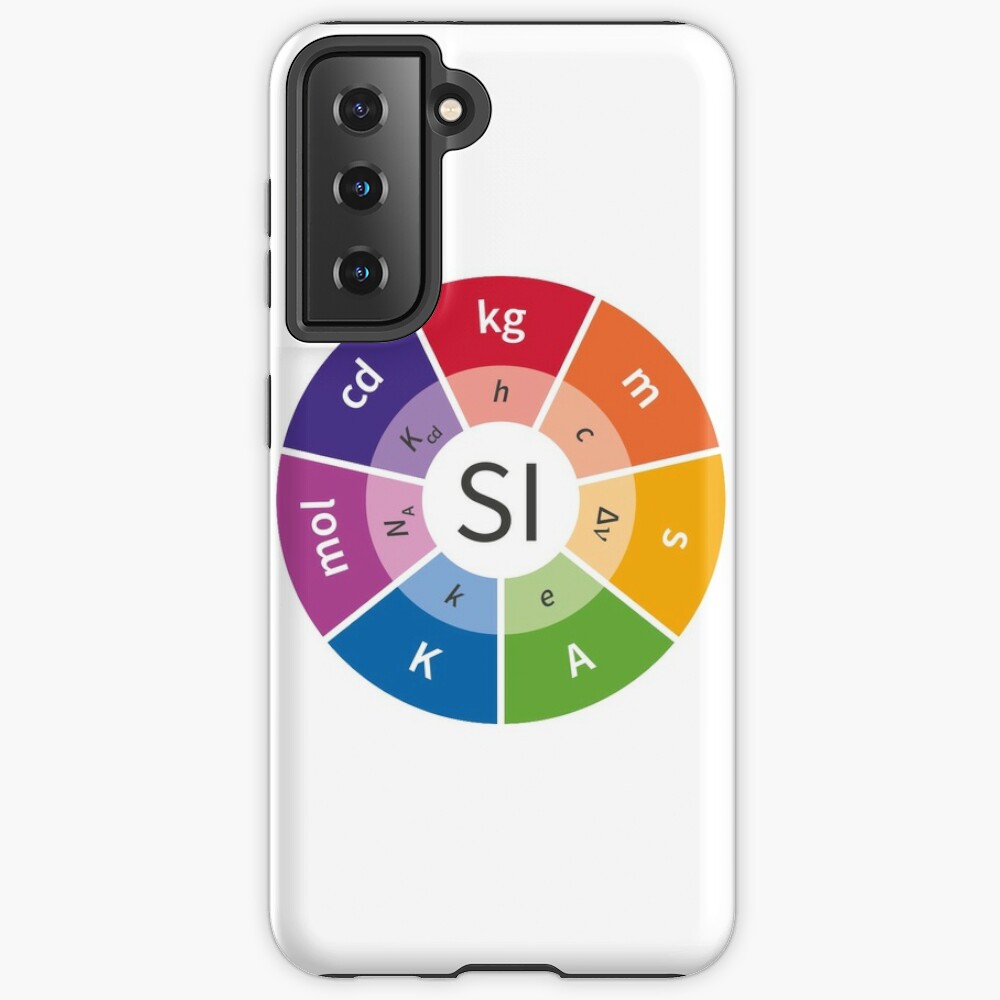

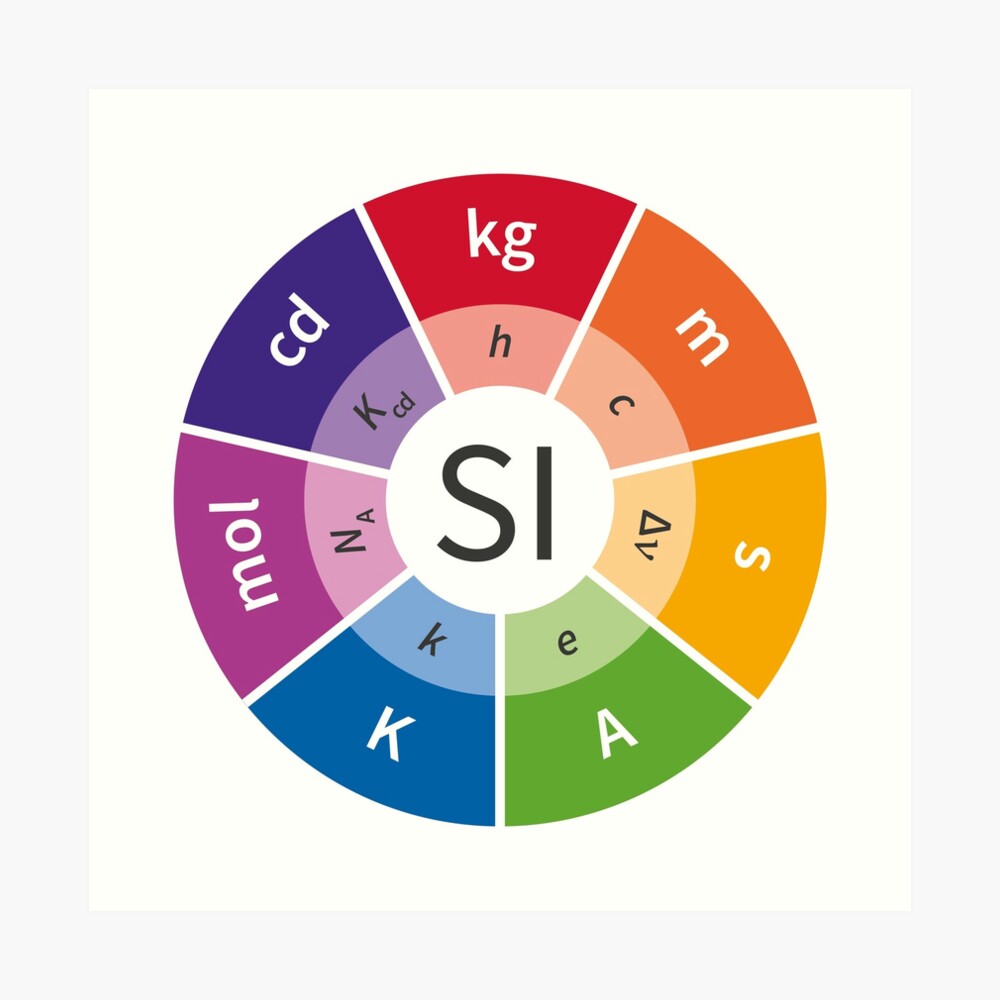
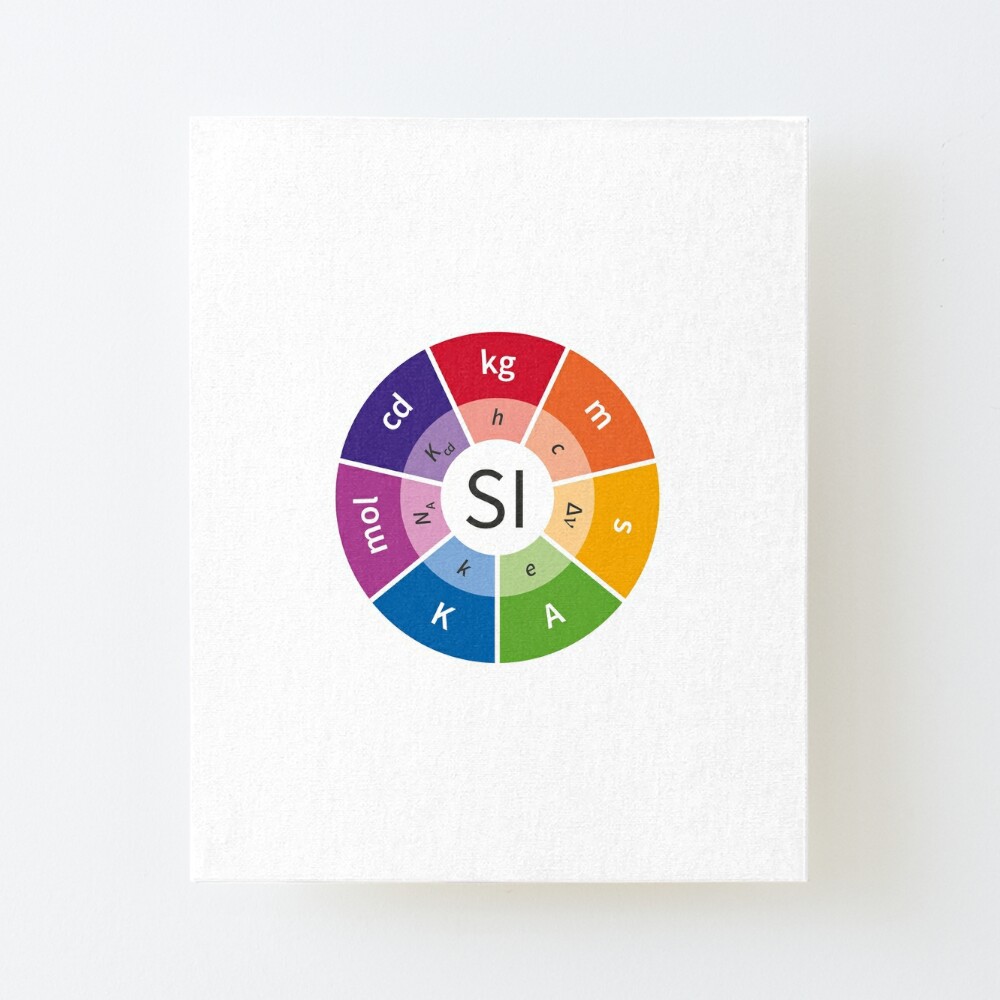
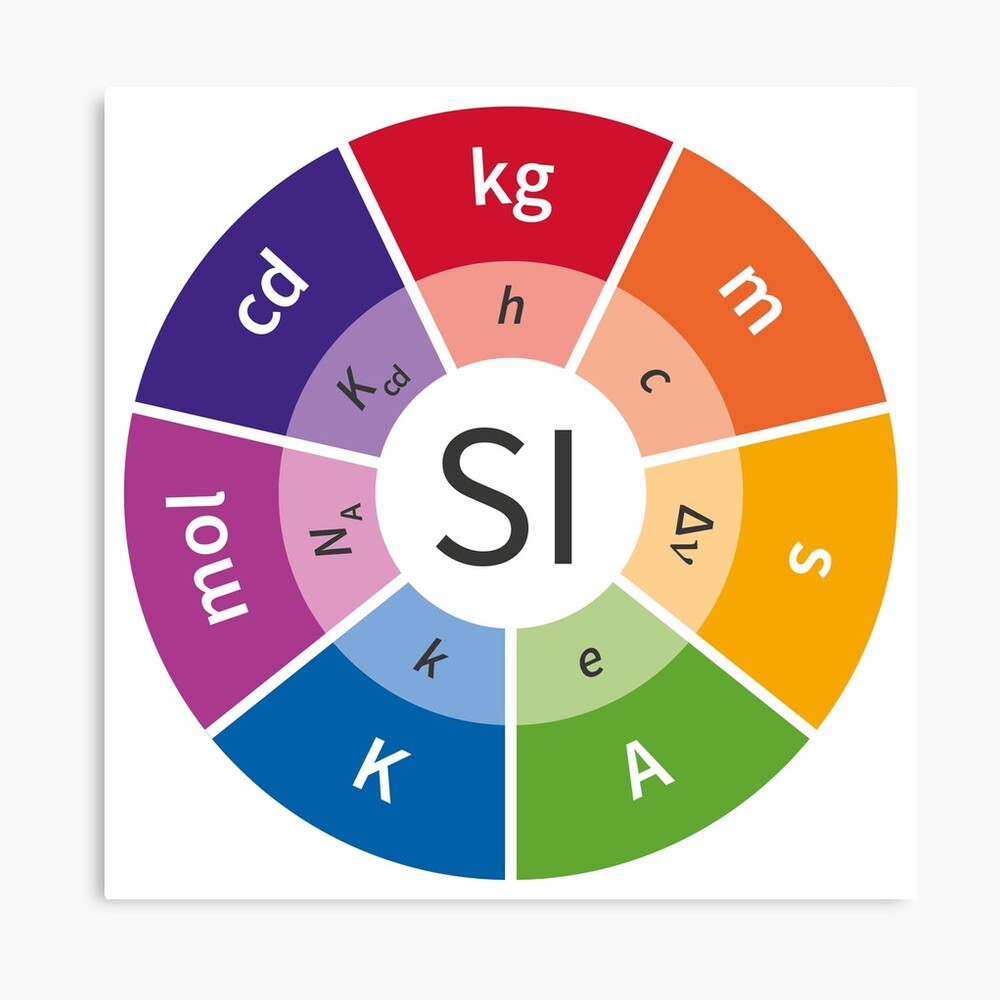
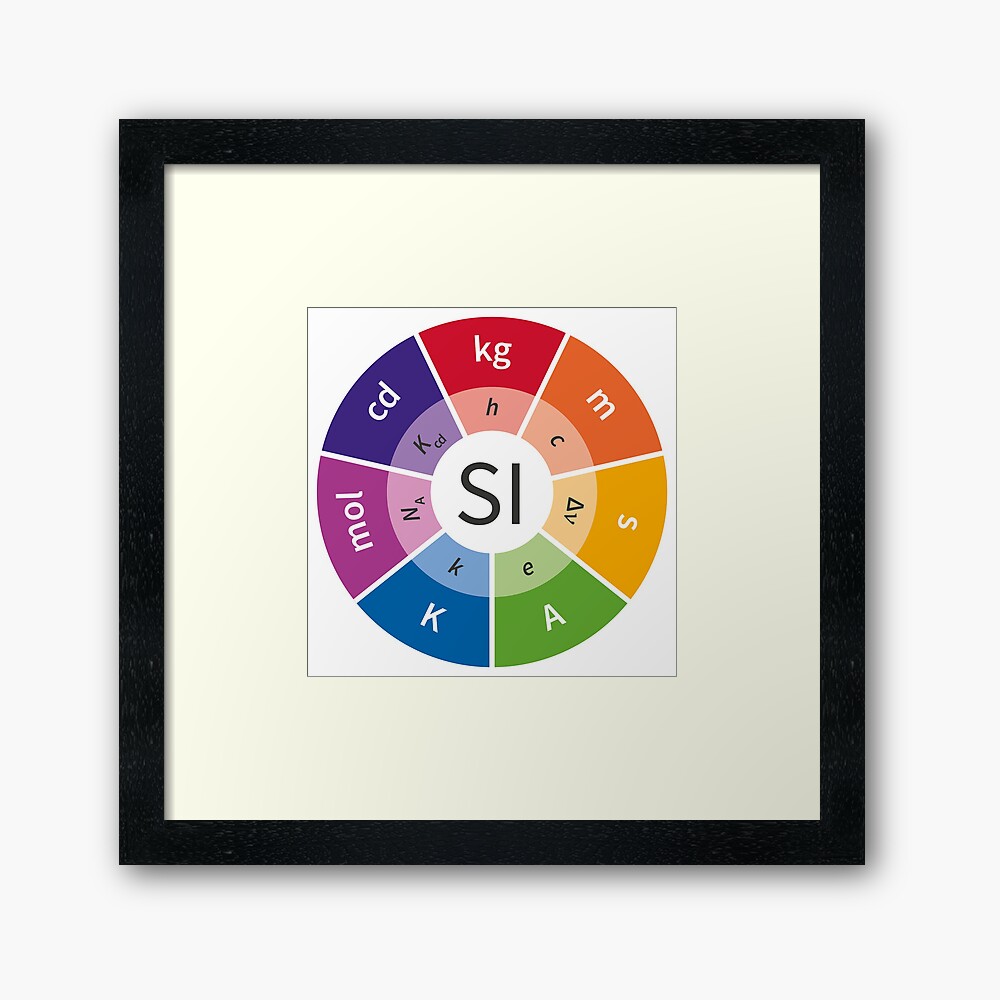
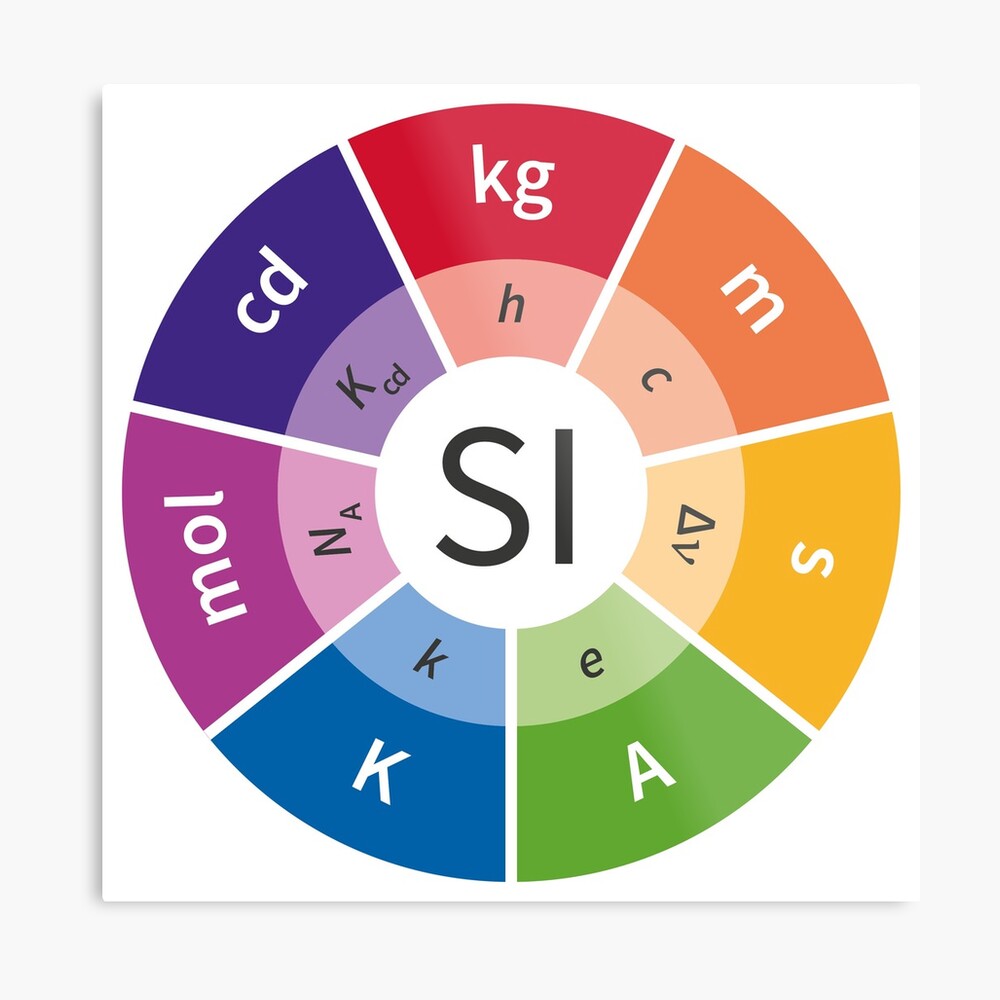


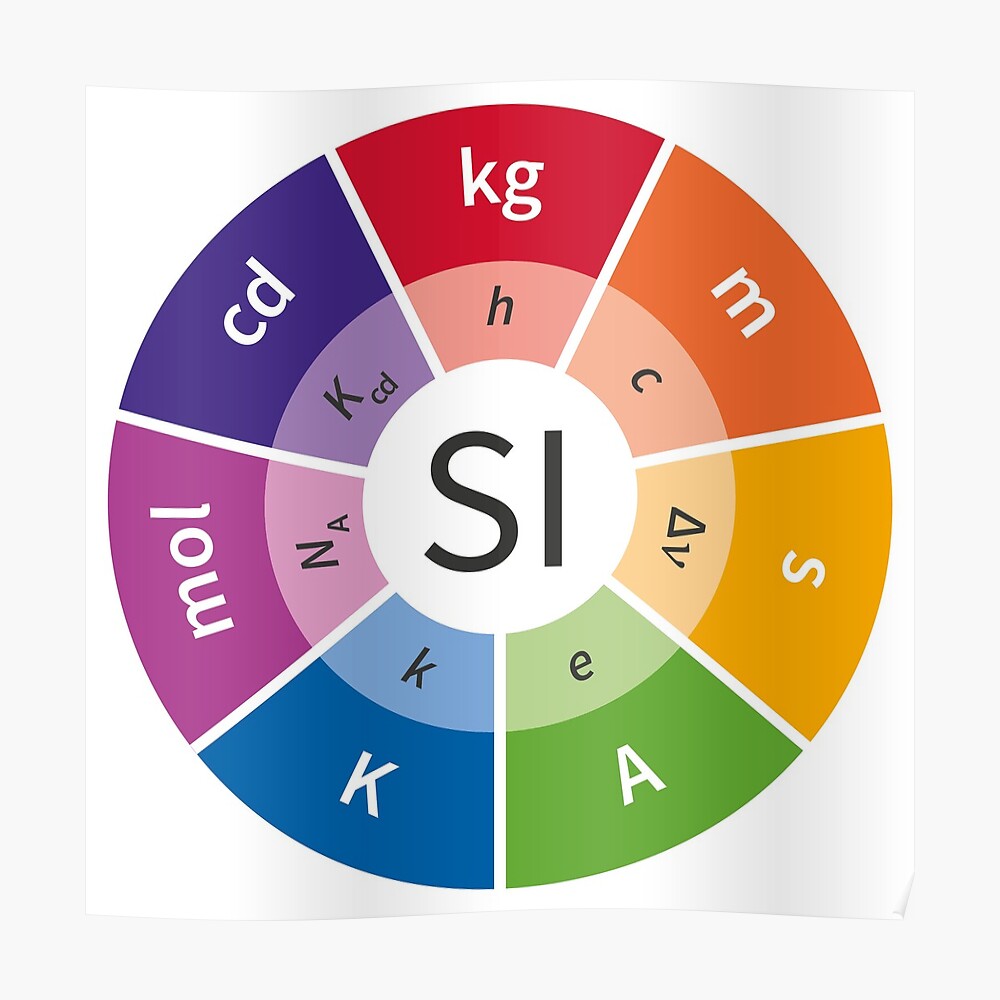

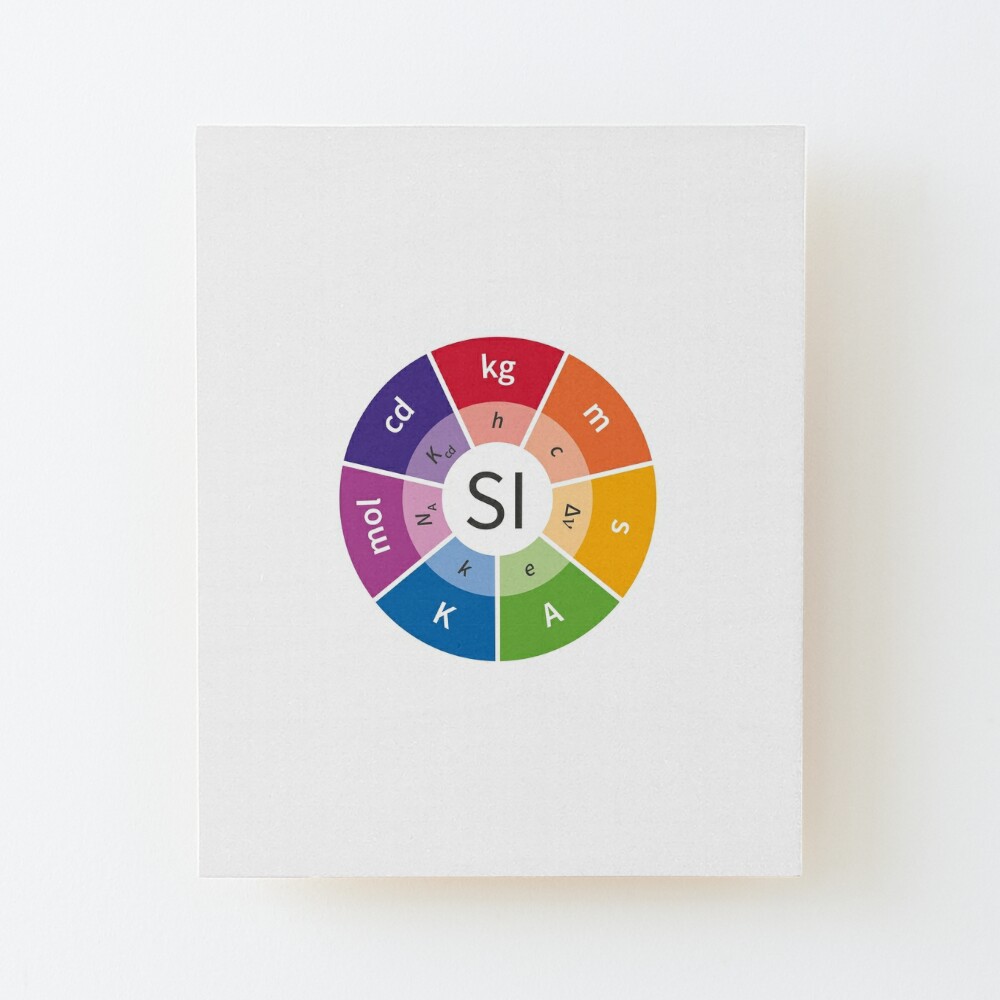
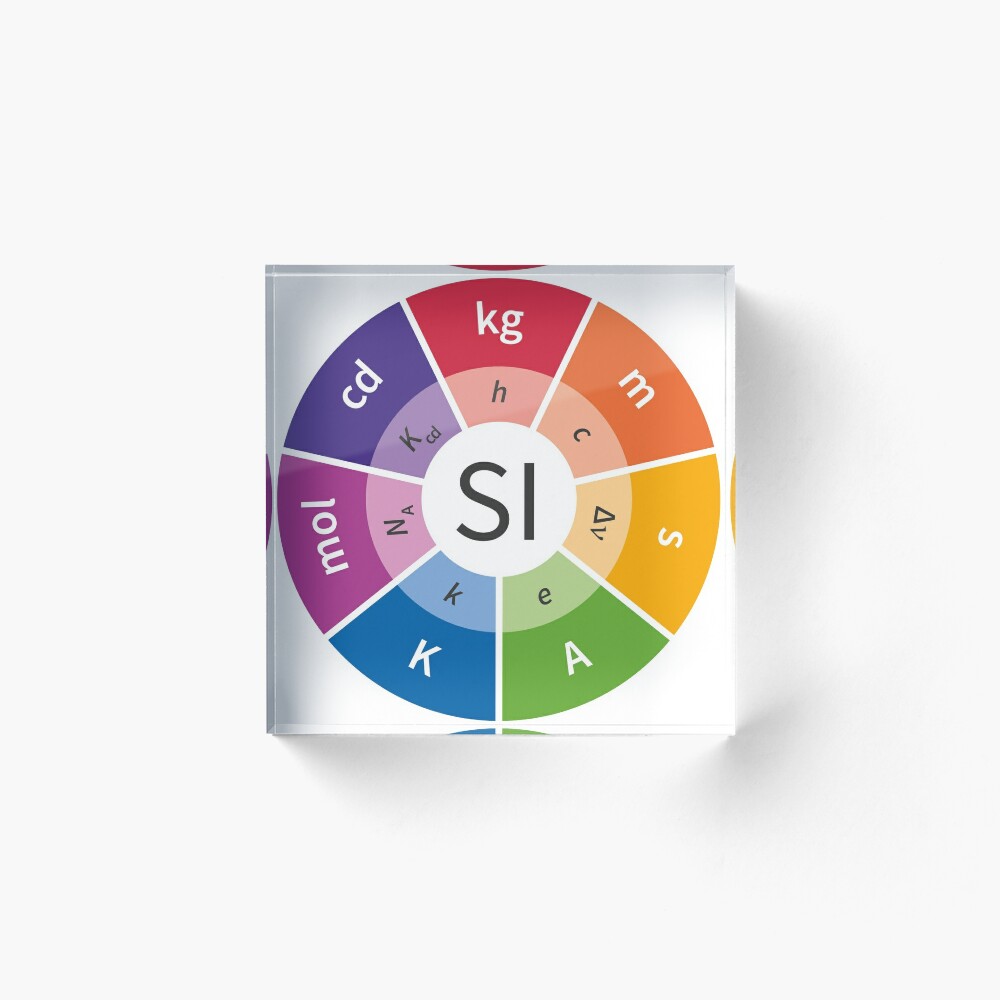
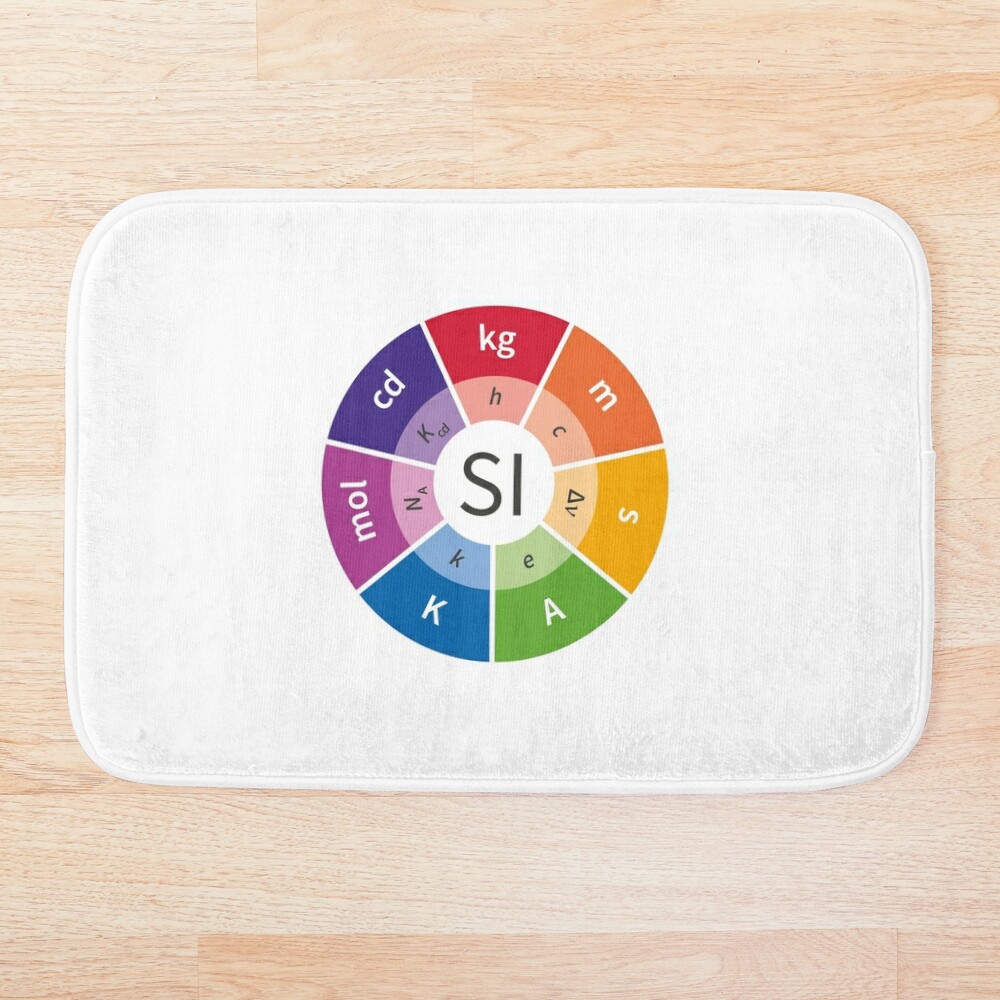
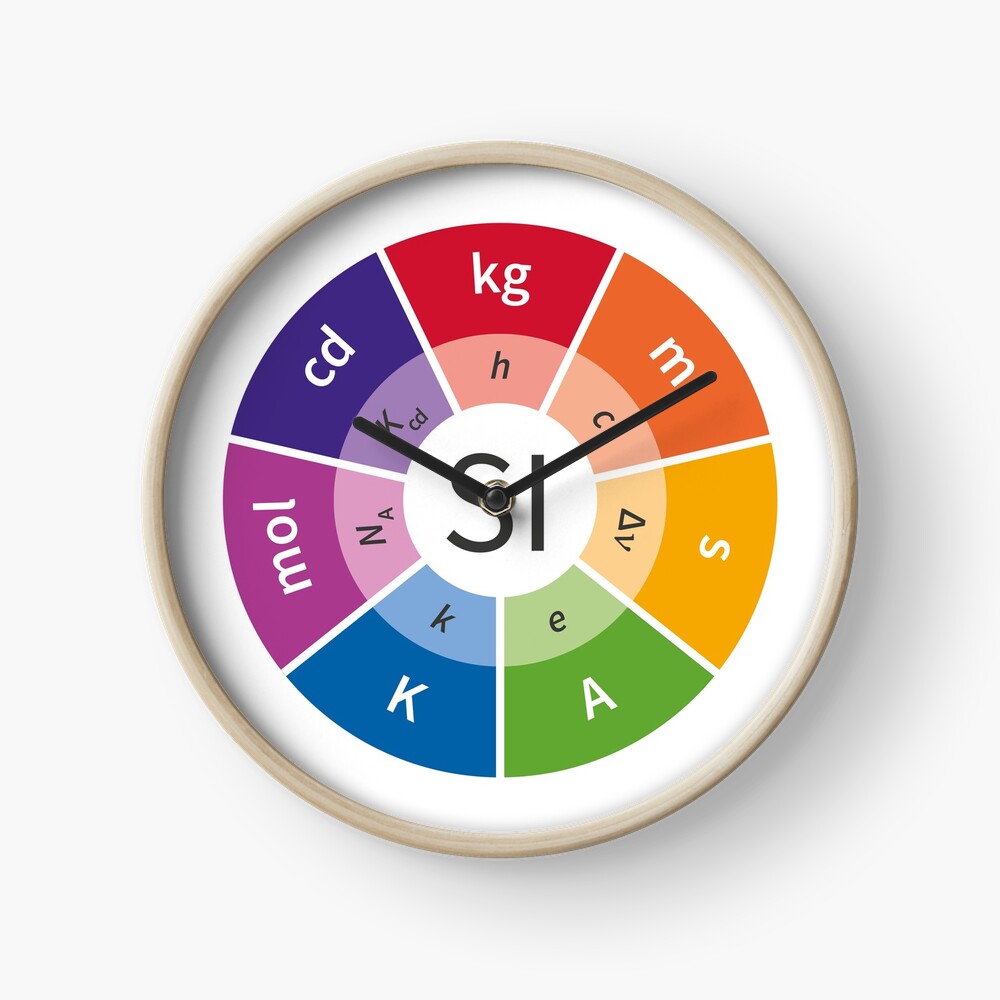








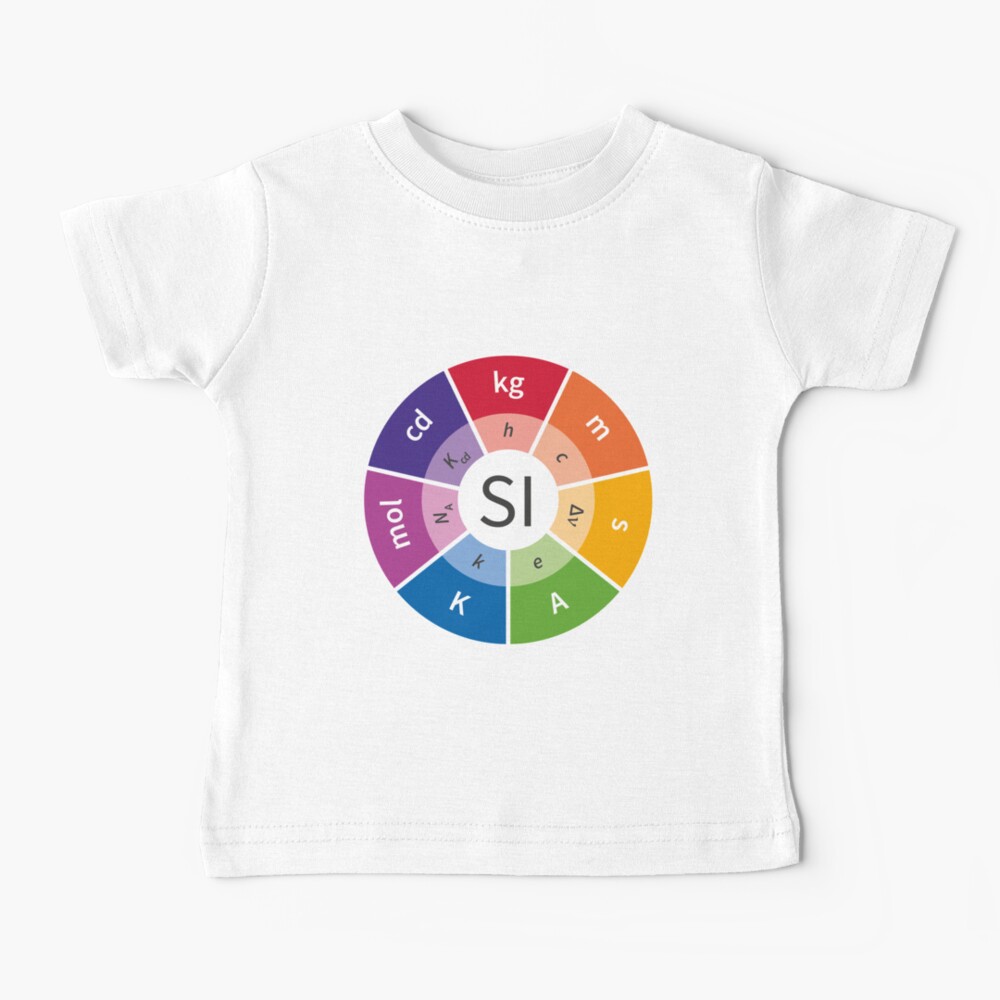
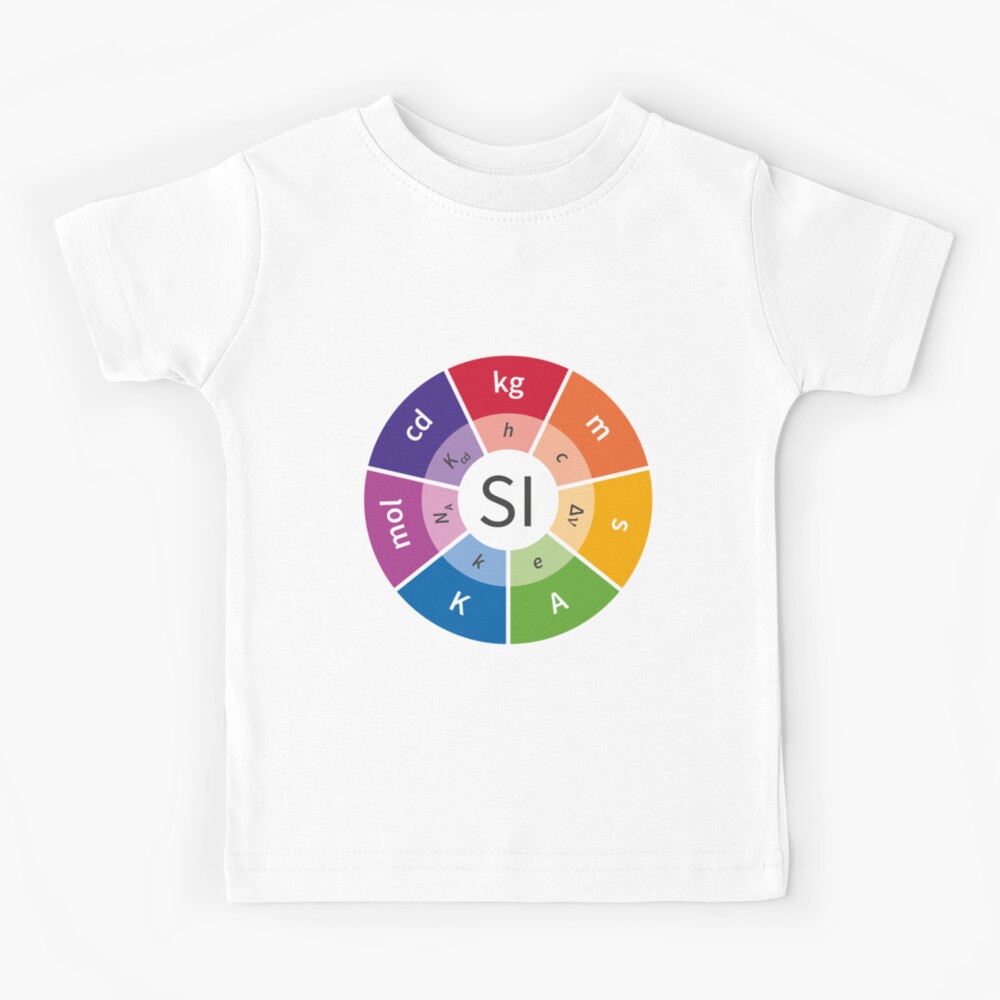

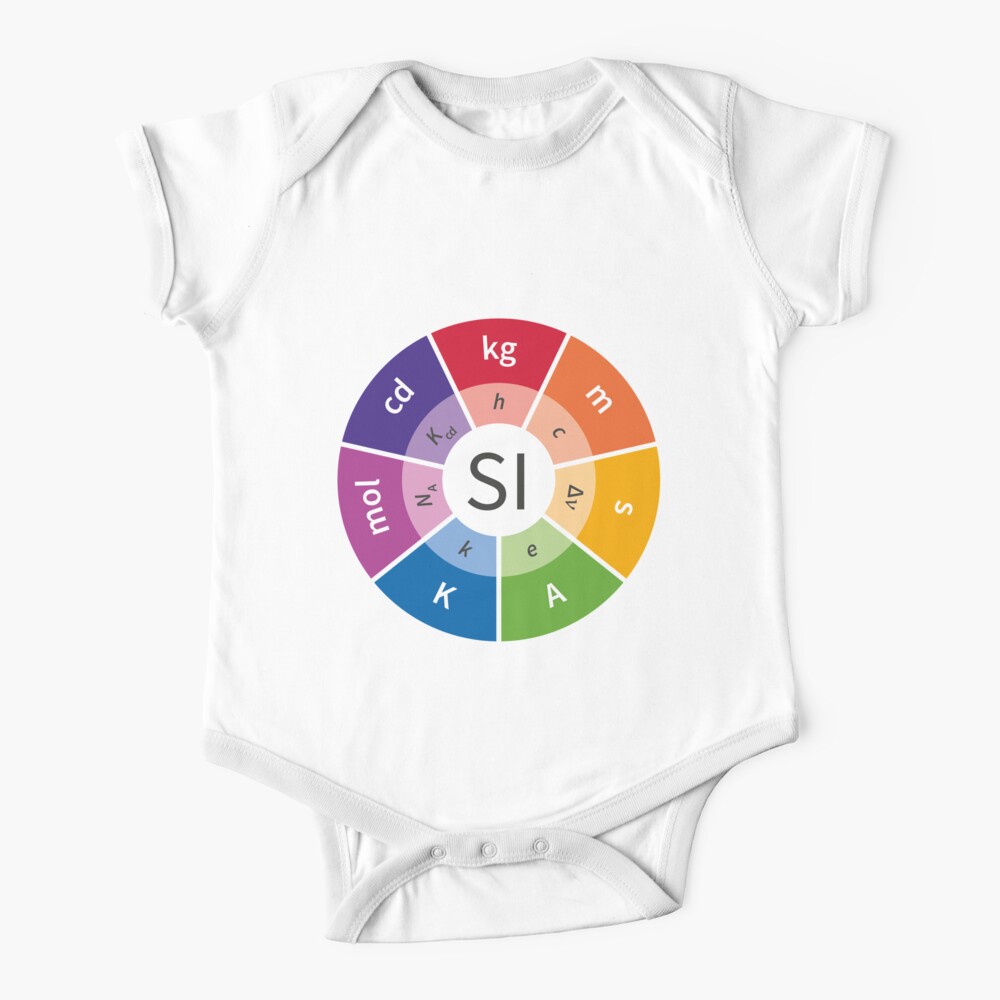




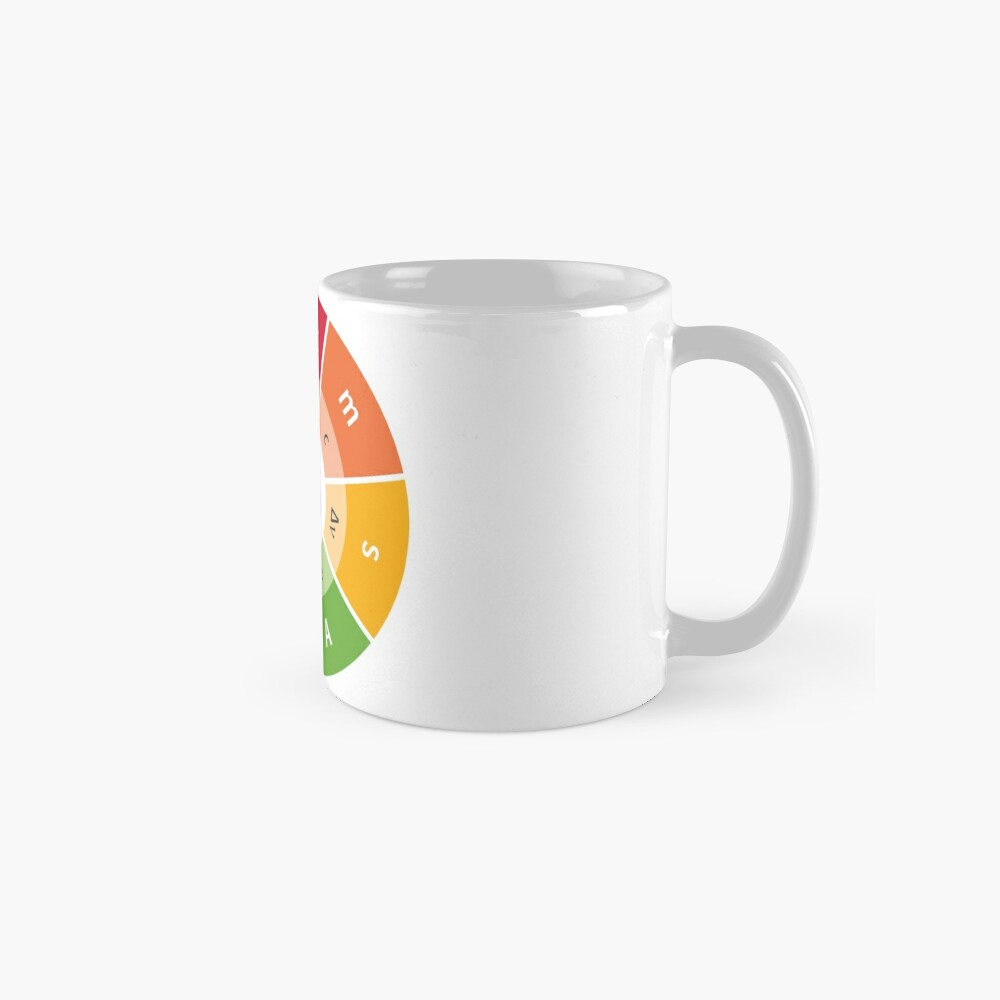


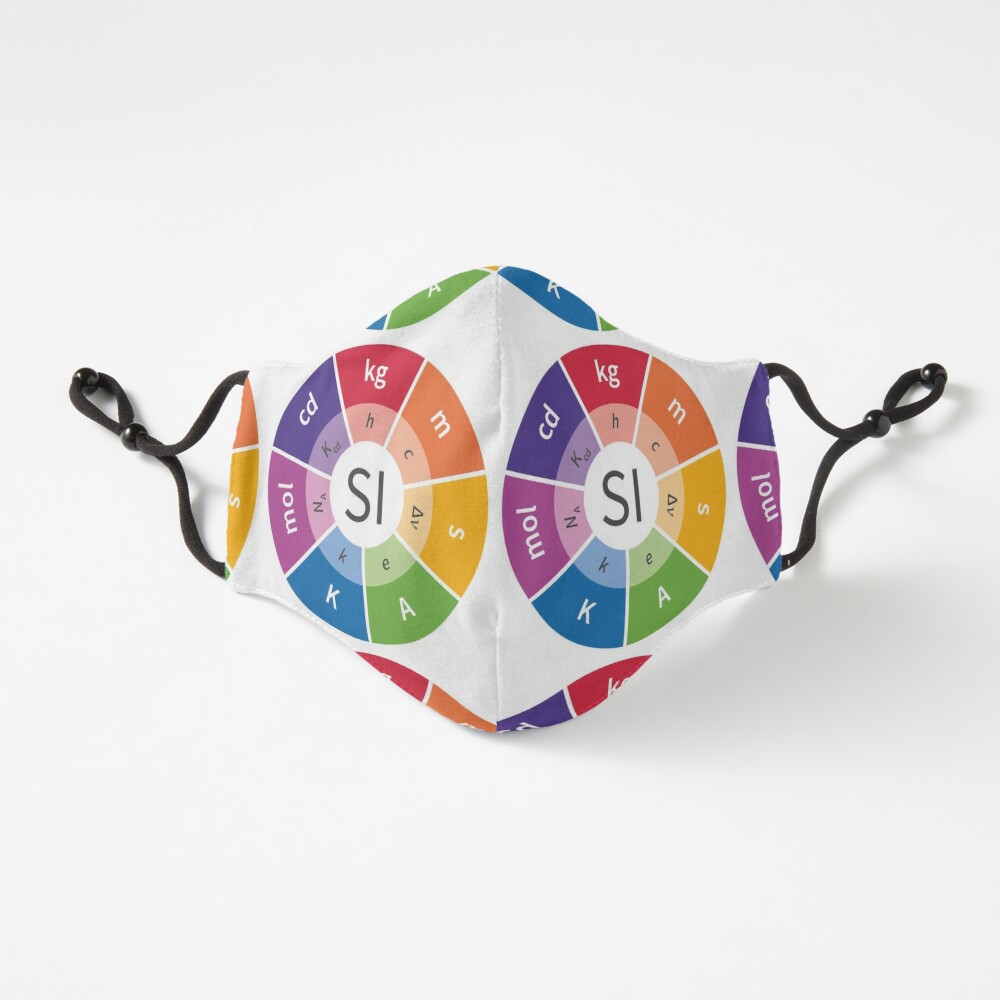
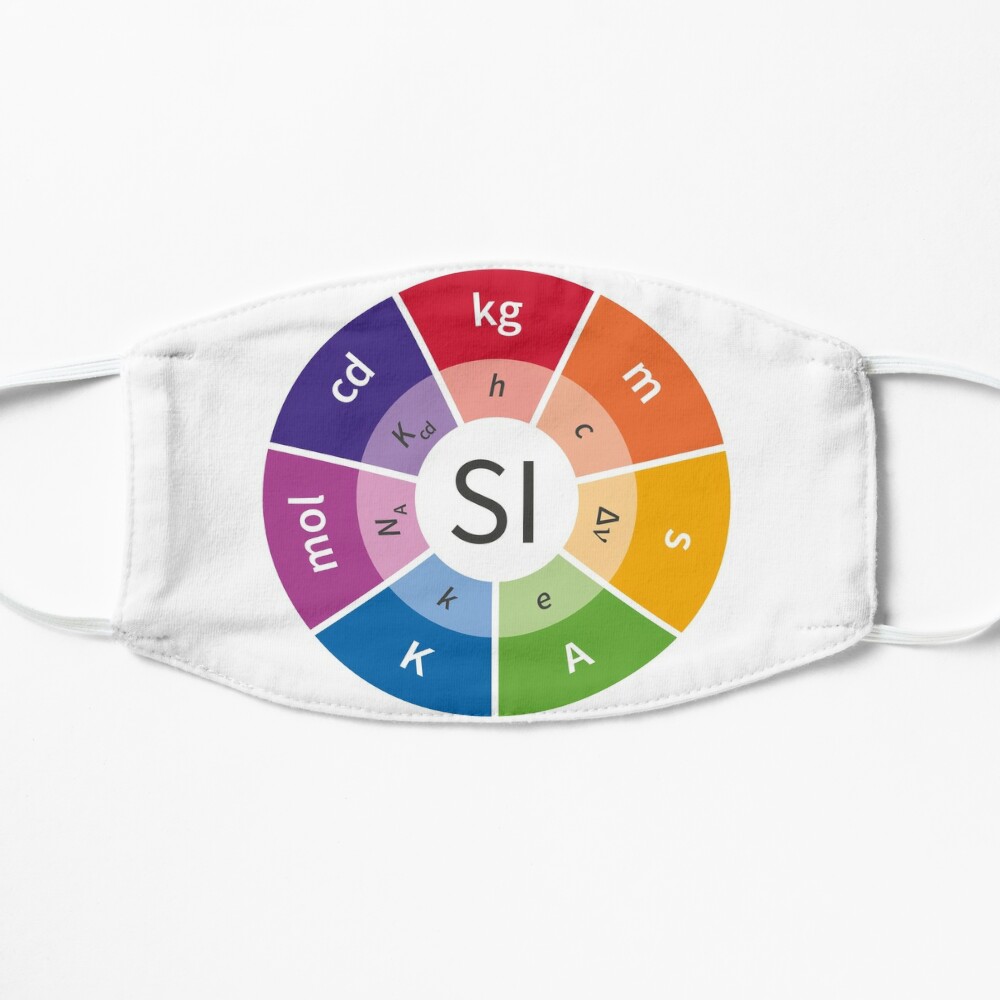

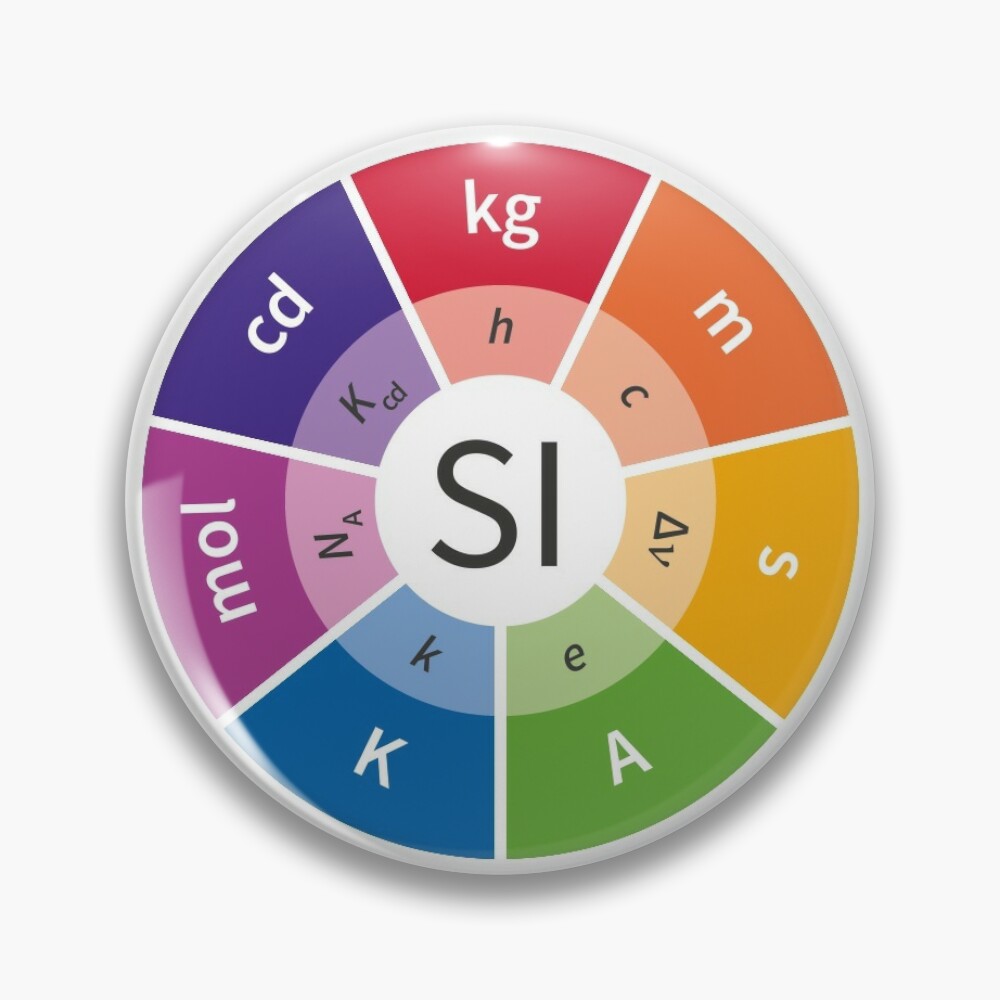







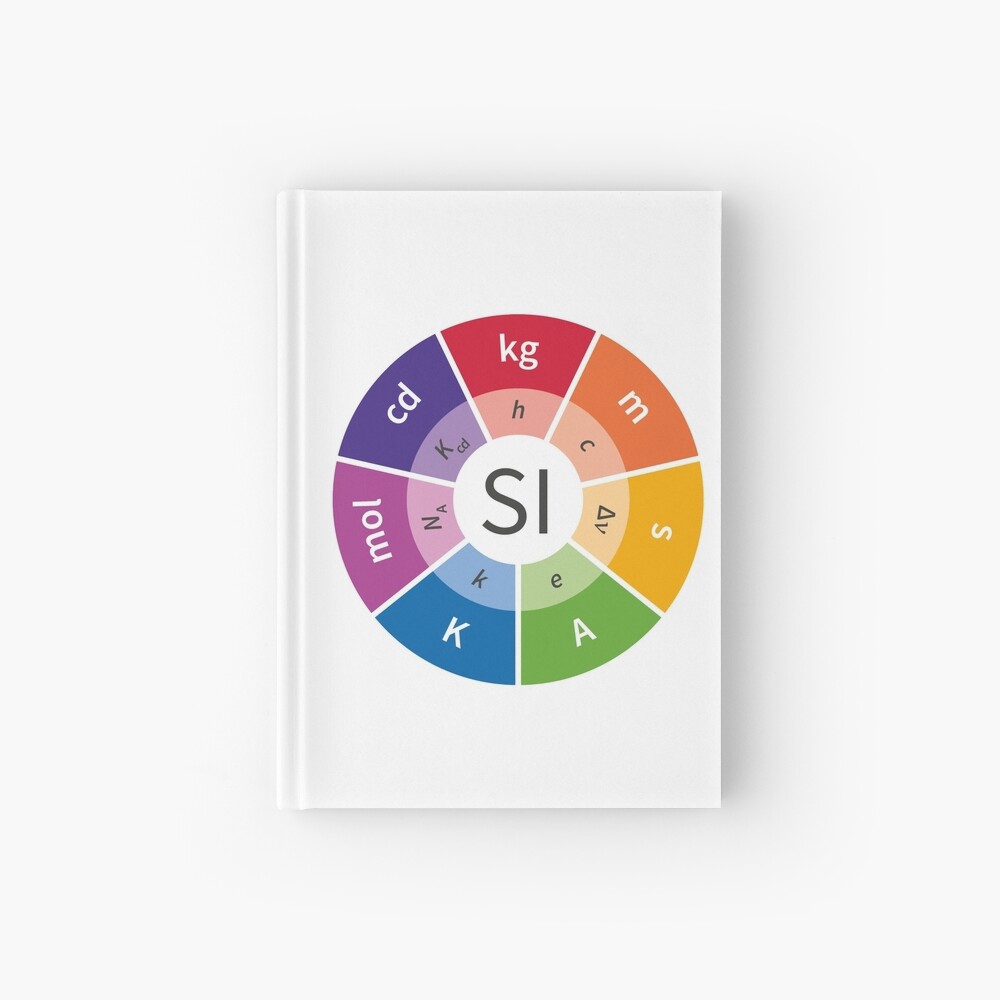
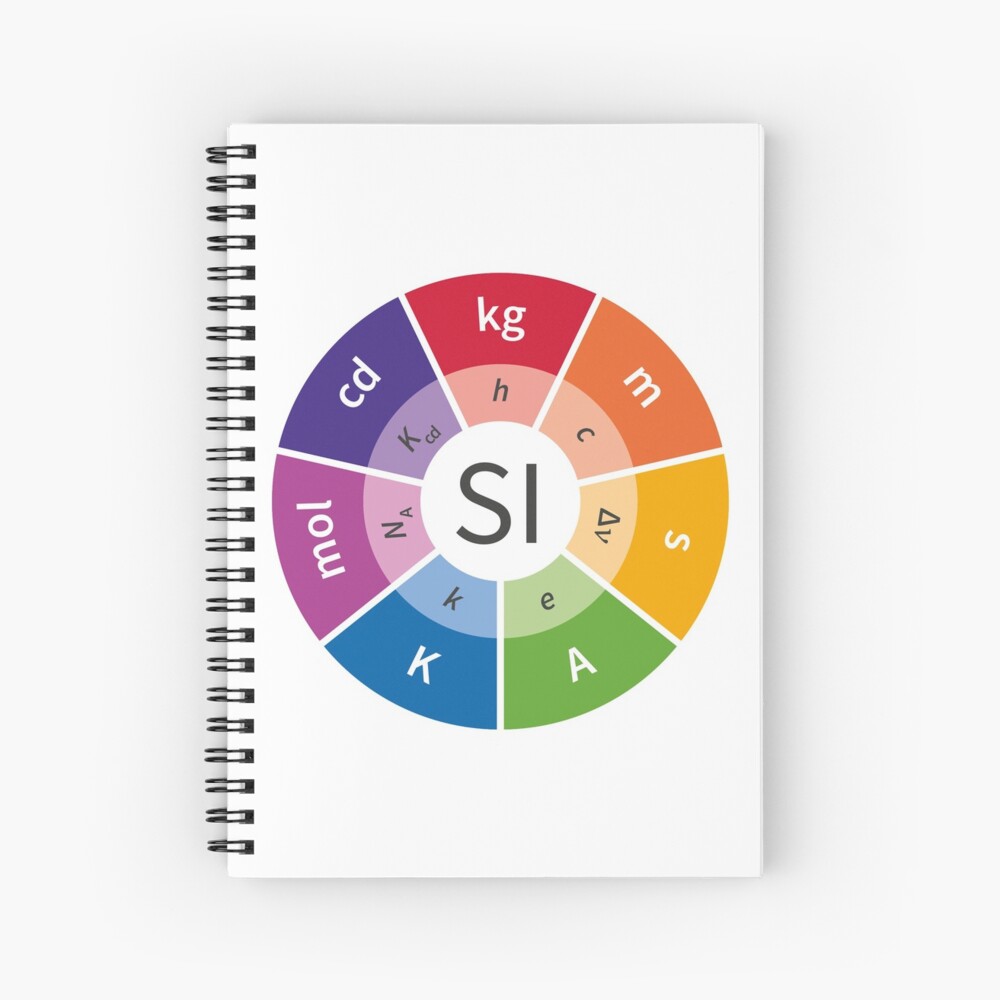
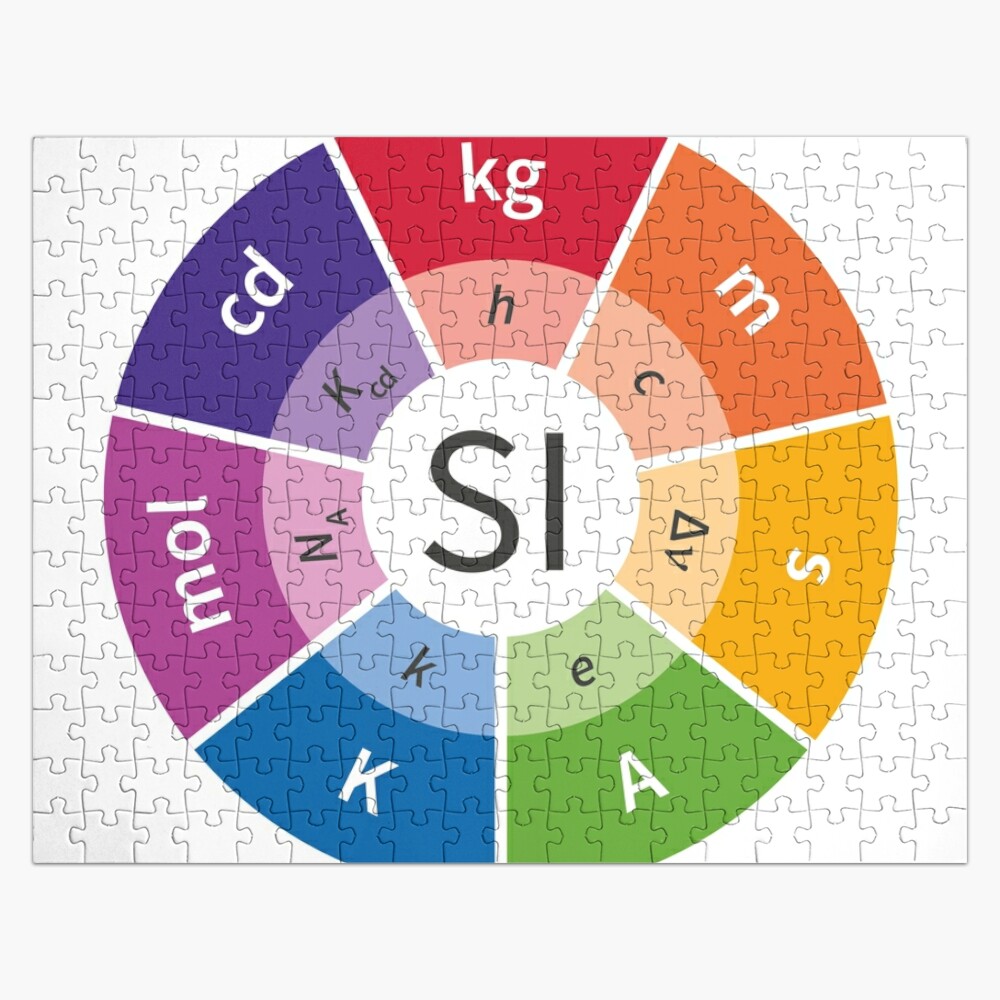



The International System of Units (SI, abbreviated from the French Système international (d'unités)) is the modern form of the metric system. It is the only system of measurement with an official status in nearly every country in the world. It comprises a coherent system of units of measurement starting with seven base units, which are the second (the unit of time with the symbol s), metre (length, m), kilogram (mass, kg), ampere (electric current, A), kelvin (thermodynamic temperature, K), mole (amount of substance, mol), and candela (luminous intensity, cd). The system allows for an unlimited number of additional units, called derived units, which can always be represented as products of powers of the base units.[a] Twenty-two derived units have been provided with special names and symbols.[b] The seven base units and the 22 derived units with special names and symbols may be used in combination to express other derived units,[c] which are adopted to facilitate measurement of diverse quantities. The SI also provides twenty prefixes to the unit names and unit symbols that may be used when specifying power-of-ten (i.e. decimal) multiples and sub-multiples of SI units. The SI is intended to be an evolving system; units and prefixes are created and unit definitions are modified through international agreement as the technology of measurement progresses and the precision of measurements improves.
ReplyDeleteSince 2019, the magnitudes of all SI units have been defined by declaring exact numerical values for seven defining constants when expressed in terms of their SI units. These defining constants are the speed of light in vacuum, c, the hyperfine transition frequency of caesium ΔνCs, the Planck constant h, the elementary charge e, the Boltzmann constant k, the Avogadro constant NA, and the luminous efficacy Kcd. The nature of the defining constants ranges from fundamental constants of nature such as c to the purely technical constant Kcd. Prior to 2019, h, e, k, and NA were not defined a priori but were rather very precisely measured quantities. In 2019, their values were fixed by definition to their best estimates at the time, ensuring continuity with previous definitions of the base units. One consequence of the redefinition of the SI is that the distinction between the base units and derived units is in principle not needed, since any unit can be constructed directly from the seven defining constants.